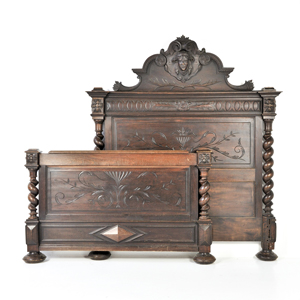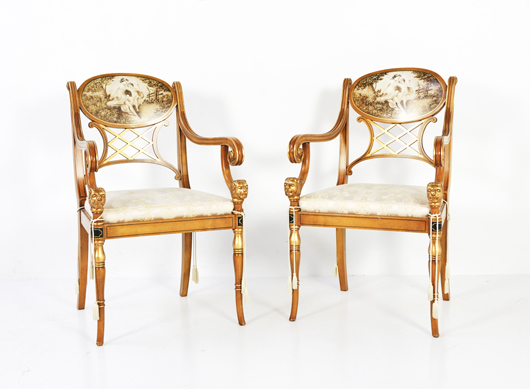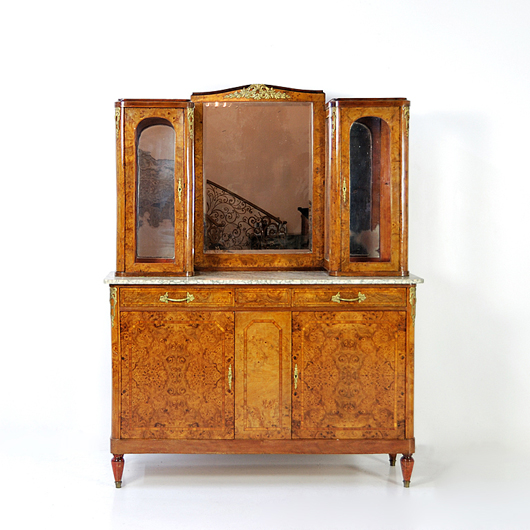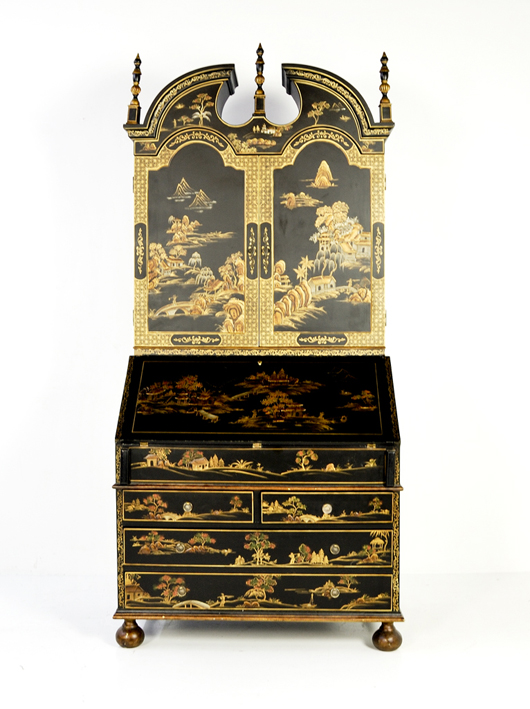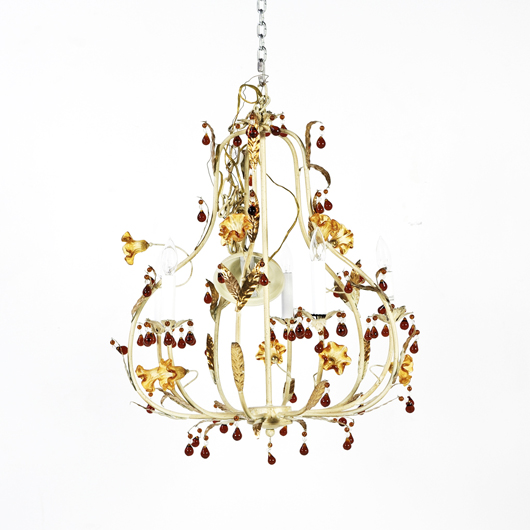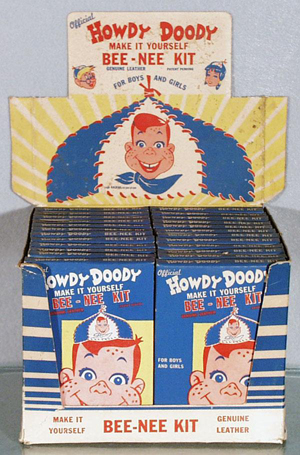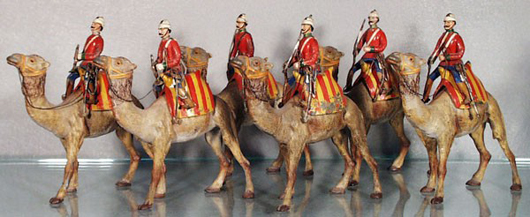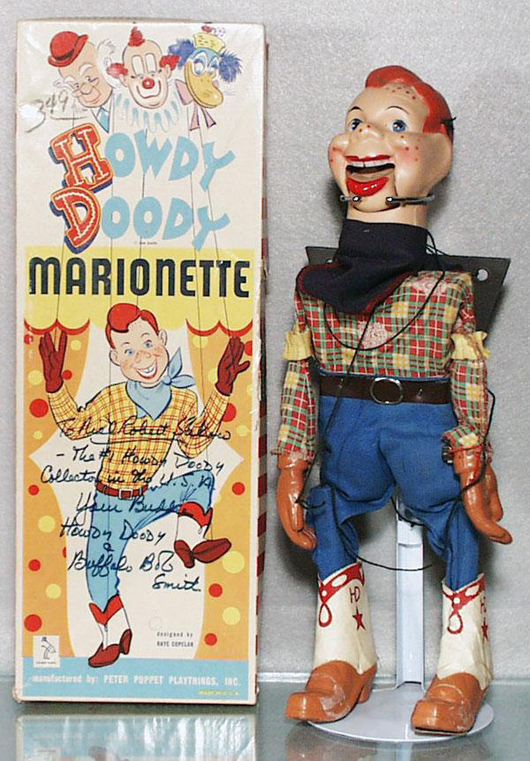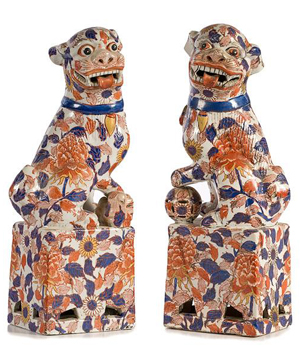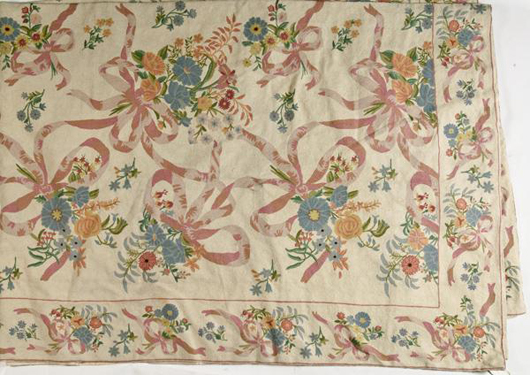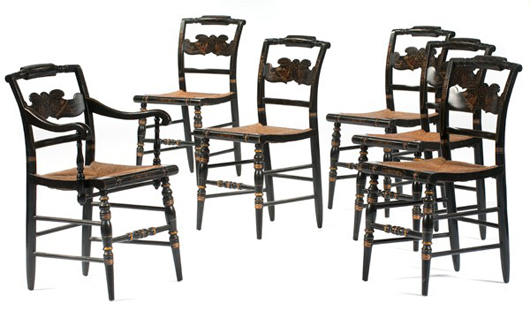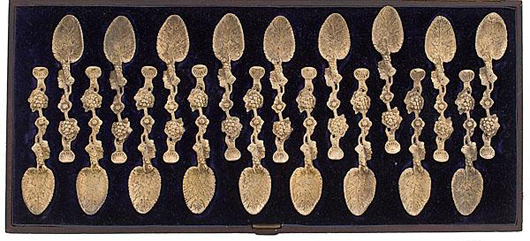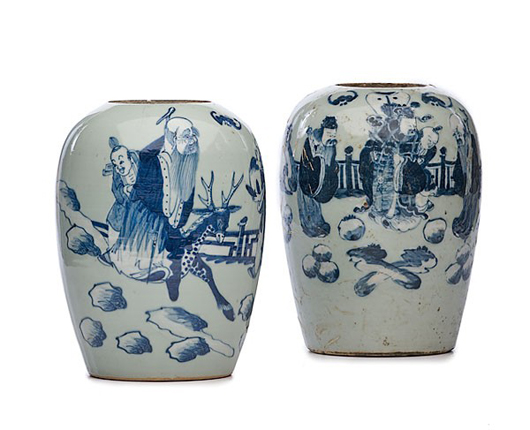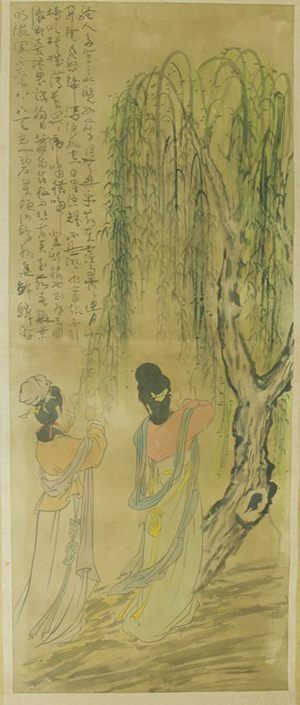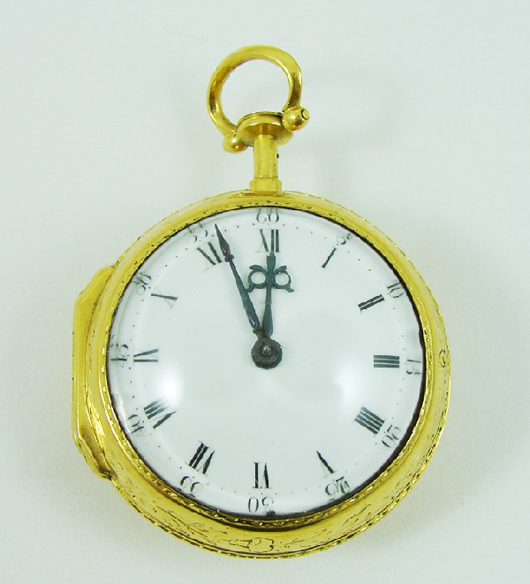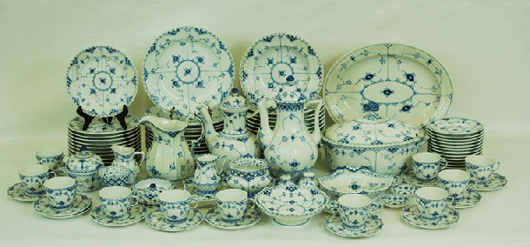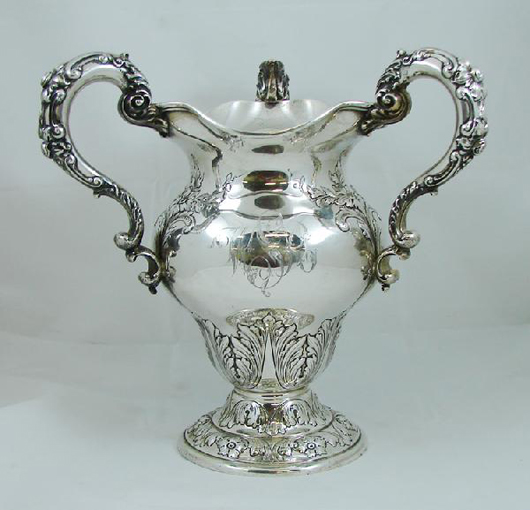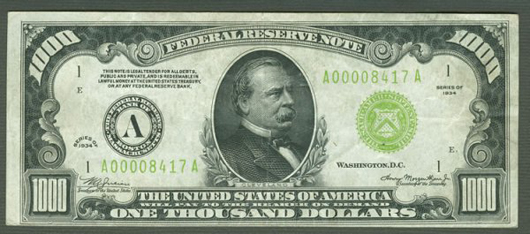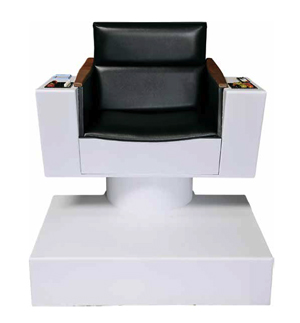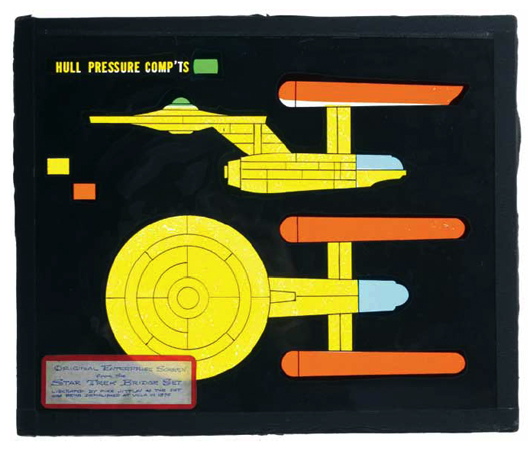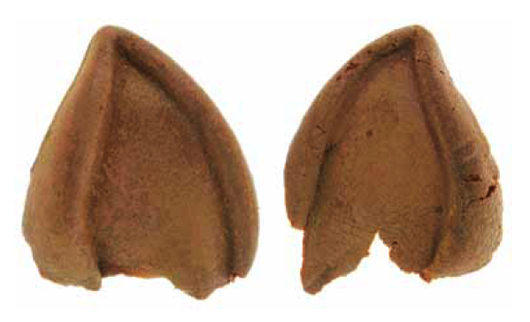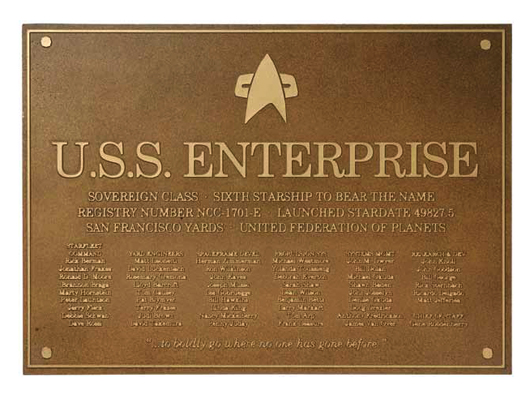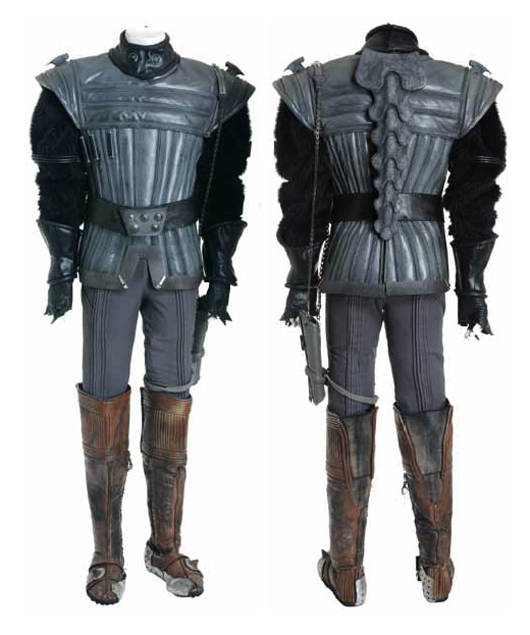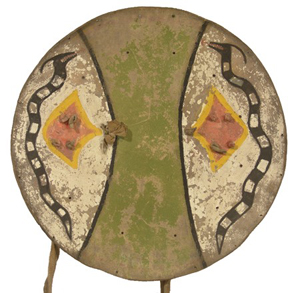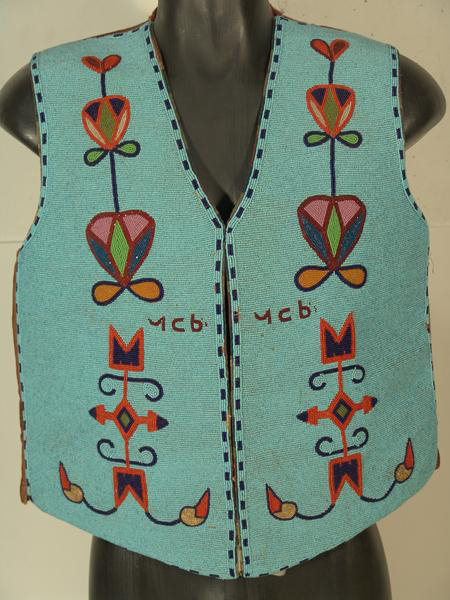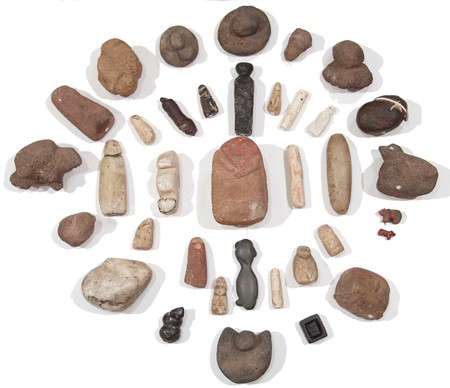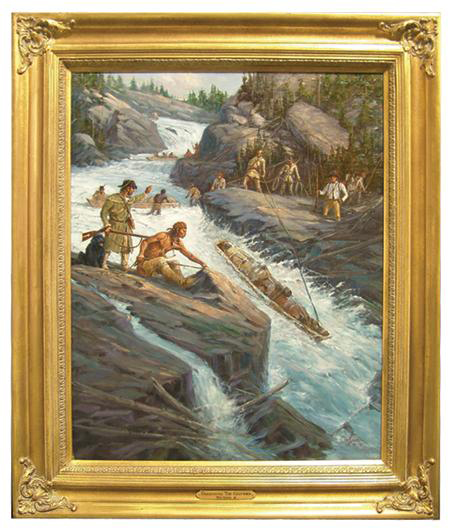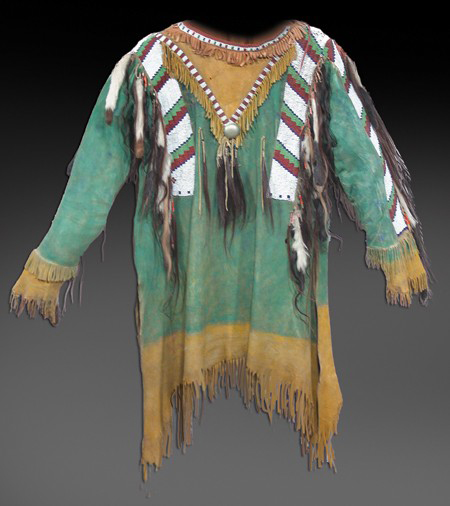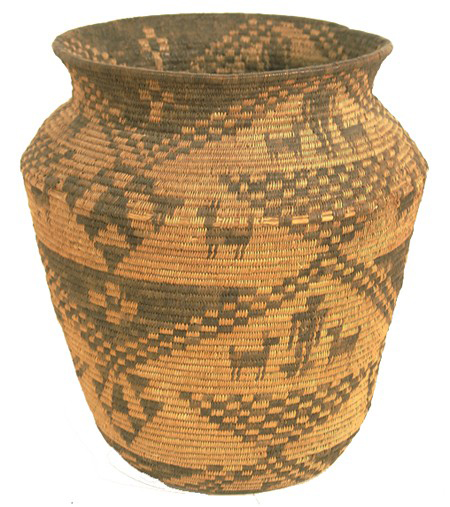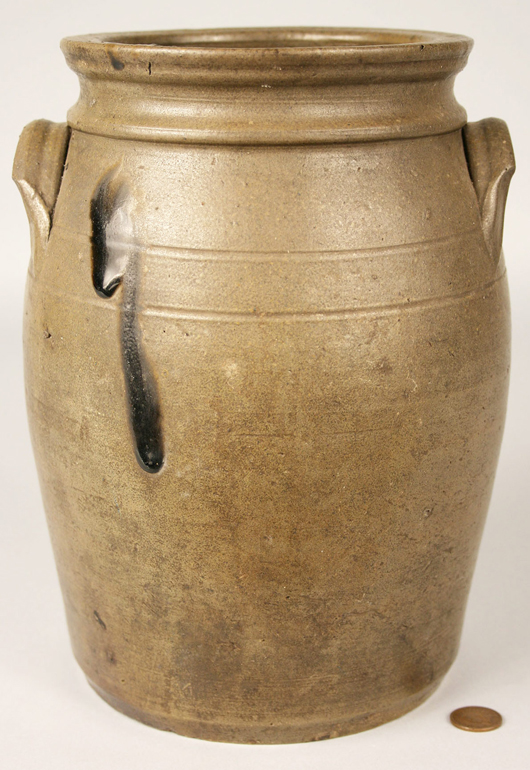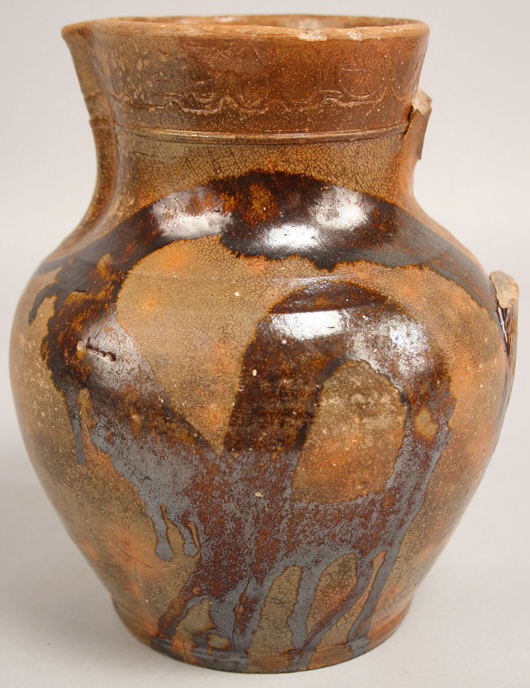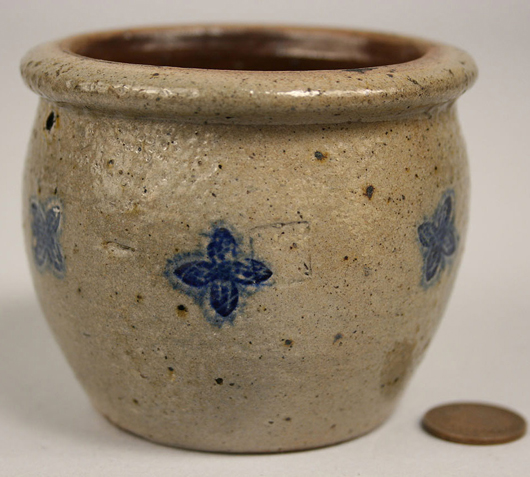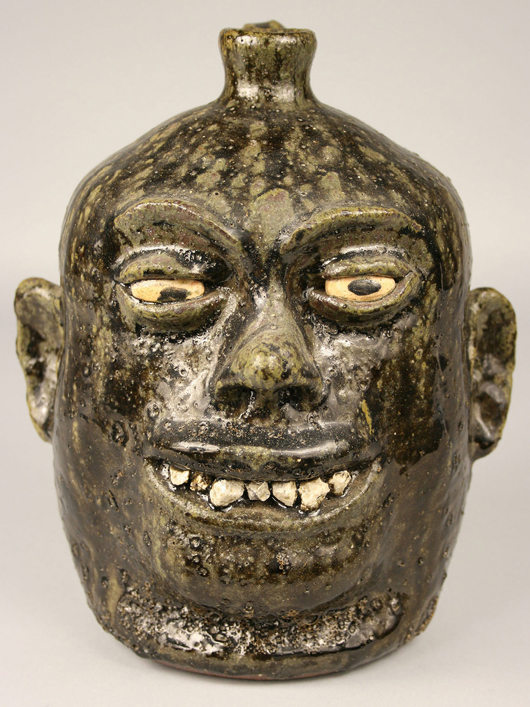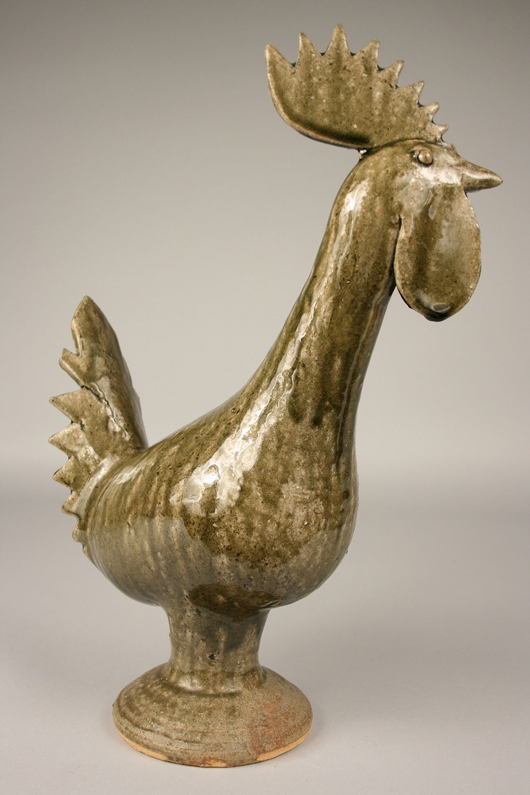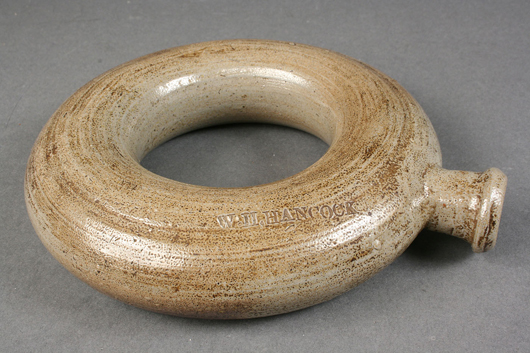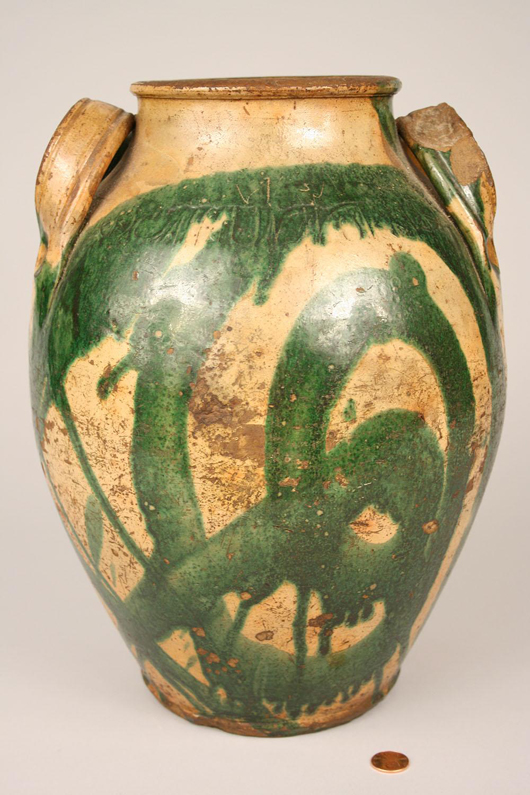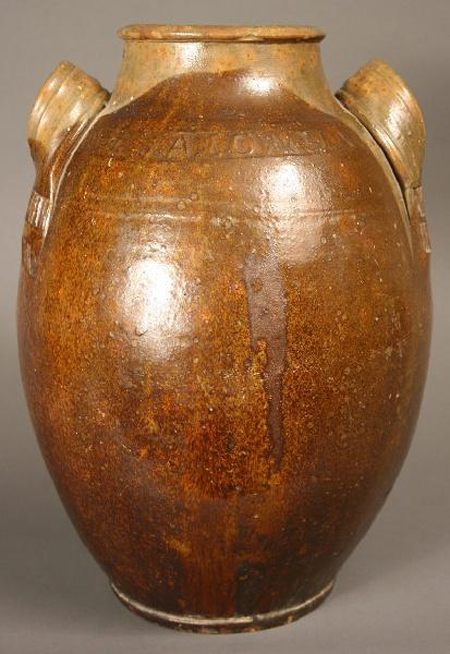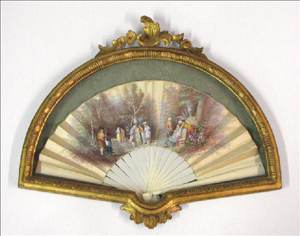
PARIS (AP) – Forget Balenciaga’s “Giant City” and the other luxury purses that vie for the title of “It Bag” of the moment. If two young Parisian fashionistas have their way, next season’s must-have accessory might just be a relic resurrected from a bygone age – the folding fan.
Eloise Gilles and Raphaelle de Panafieu left their jobs in fashion and invested their savings to rescue one of Paris’ last remaining fan makers, the long-dormant house of Duvelleroy.
Their first collection – 12 exquisite models concocted by hand from traditional fabrics like silk and feathers and state-of-the-art materials like carbon fiber – is to make its retail debut later this month.
“Fans are not only elegant and feminine but they’re also super practical. Whenever I go out, to parties, to restaurants and especially to clubs, I always have mine,” said Panafieu, a 28-year-old who says folding fans have been her trademark ever since her father brought her one from Asia when she was a kid.
Panafieu’s quirky accessory of choice became her job after she met Gilles a few years ago and the two decided to invest in a fan-making house. They discovered Duvelleroy, among the few remaining survivors of France’s world-famous fan-making industry, and pooled their savings to buy the house from owner Michel Maignan, a retired auctioneer.
Two years ago, the two quit their jobs – Panafieu’s in marketing at a chic Paris women’s clothing label and Gilles’ as a brand consultant for French luxury labels – to throw themselves into resurrecting the house.
Founded in 1827 by Jean-Pierre Duvelleroy, it was long considered among France’s most prestigious fan makers, with a boutique on the tony rue de la Paix and clients including Britain’s Queen Victoria and other European royals. The house was passed down through the Duvelleroy family until World War II, when Maignan’s grandfather bought them out.
The postwar period was the beginning of the end for fan-makers, as women began to busy their hands with cigarettes, and nearly all of the French capital’s fan houses were forced to shutter.
Duvelleroy diversified – branching out into other small accessories and eventually fan repair – and outlived its contemporaries. But it has been largely dormant for decades.
Gilles and Panafieu plunged into the Duvelleroy archive, nearly two centuries worth of fan history, which Maignan had meticulously preserved in an attic.
“It was incredible. There were fans covered in sequins so tiny you couldn’t get a modern needle through them and others made from the feathers of birds that are now extinct,” said Gilles.
Still, the pair wasn’t aiming to replicate the styles that had cemented Duvelleroy’s reputation for excellence in the 19th century.
“We wanted something really contemporary – nothing that would look like a museum piece,” said Gilles. The pair hired stylists to help design their debut collection, which goes on sale in late August at Paris’ upscale Franck and Fils department store.
The result: 12 models that combine just the right dose of romantic, 19th-century elegance with clean-cut contemporary practicality.
In sequin-studded silk mousseline, the “Chiffon” is mounted on frames made of carbon fiber, an ultra-lightweight polymer used in jets and sports cars. The “Coral” combines dramatic red silk with a frame in an early plastic made from milk protein and formaldehyde. The “Bird of the Night,” a concoction of silk mousseline and deep purple ostrich feathers, mounted on a mother-of-pearl frame, is a shrunken variation on the massive feather fans that were all the rage in the 1800s.
Each fan requires at least 20 hours of painstaking labor, and some models, like the “Bird of the Night,” need much more than that. To make the process economically viable, Gilles and Panafieu broke down the production, seeking out specialized artisans throughout France and Italy who each handle a specific task.
A “plisseur,” or pleater – who normally works for Paris haute couture houses – starches and folds the silk just so. An embroiderer bedazzles it with sequins, while another artisan applies designs in gold, silver and copper foil.
Each fan passes through the hands of at least four artisans before winding up in the workshop of a master fan maker in the south of France, who assembles the parts. They say that’s much cheaper than having one person go through each separate step.
But the prices remain high. The line starts at $645 for the simplest model and climbs to $5,783 for the feathery ones.
“It does seem expensive, but when you compare it to other luxury items, like nice handbags of jewelry, it’s in that same range,” Gilles said.
In addition to their own line, she and Panafieu hope to manufacture fans for fashion labels. A collaborative line between Duvelleroy and zany French designer Jean-Charles de Castelbajac – known for his colorful, kitschy clothes – is coming out in February, Gilles said. They’d also love to work with Chanel, whose celebrity designer Karl Lagerfeld was rarely seen without a folding fan in the 1980s.
“This whole thing is super exciting for us,” said Panafieu. “We put all our money and all our hopes into this project and it’s amazing to see it take off.”
___
Online:
http://www.duvelleroy.fr/
Copyright 2010 Associated Press. All rights reserved. This material may not be published, broadcast, rewritten, or redistributed.
AP-CS-08-11-10 0608EDT


